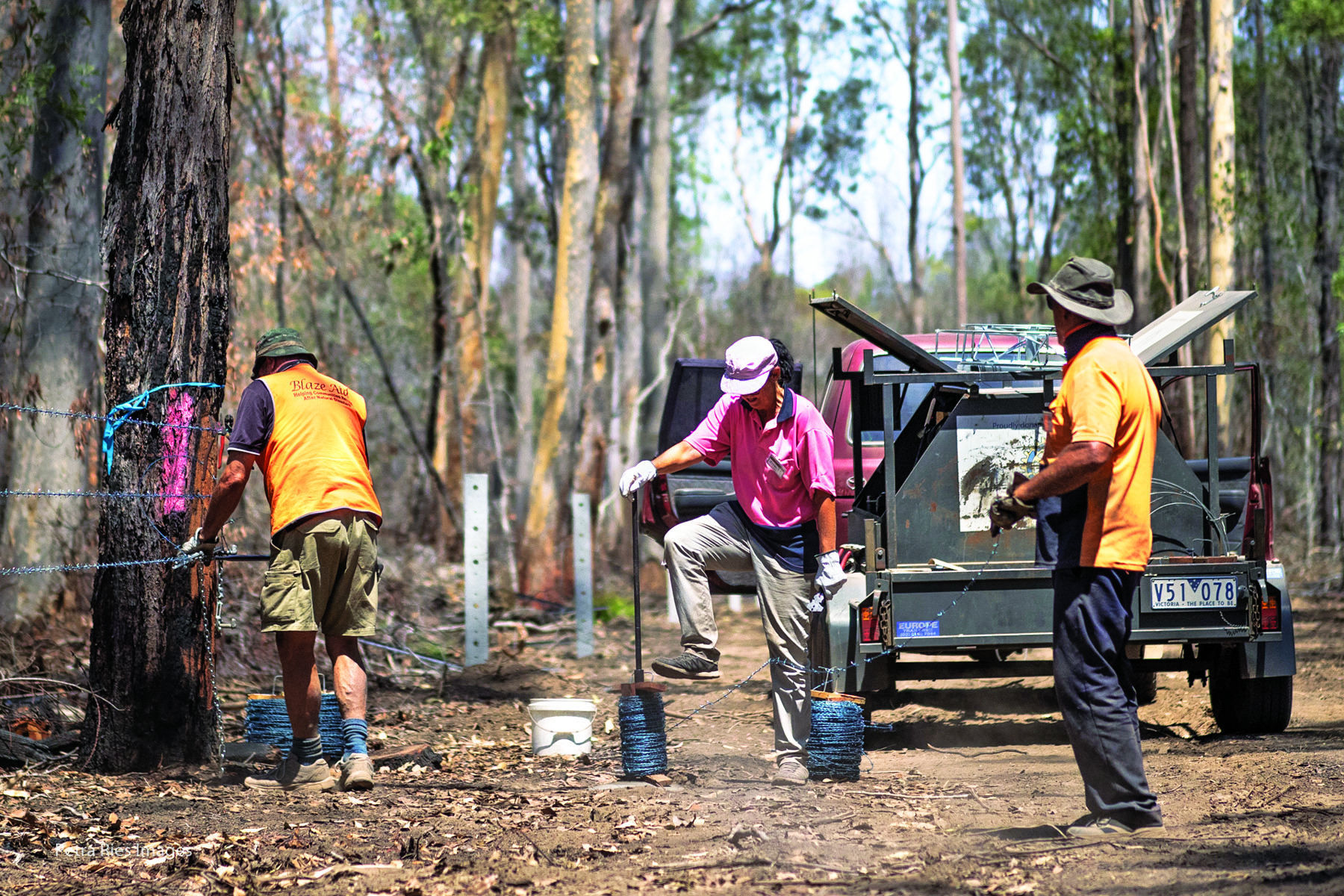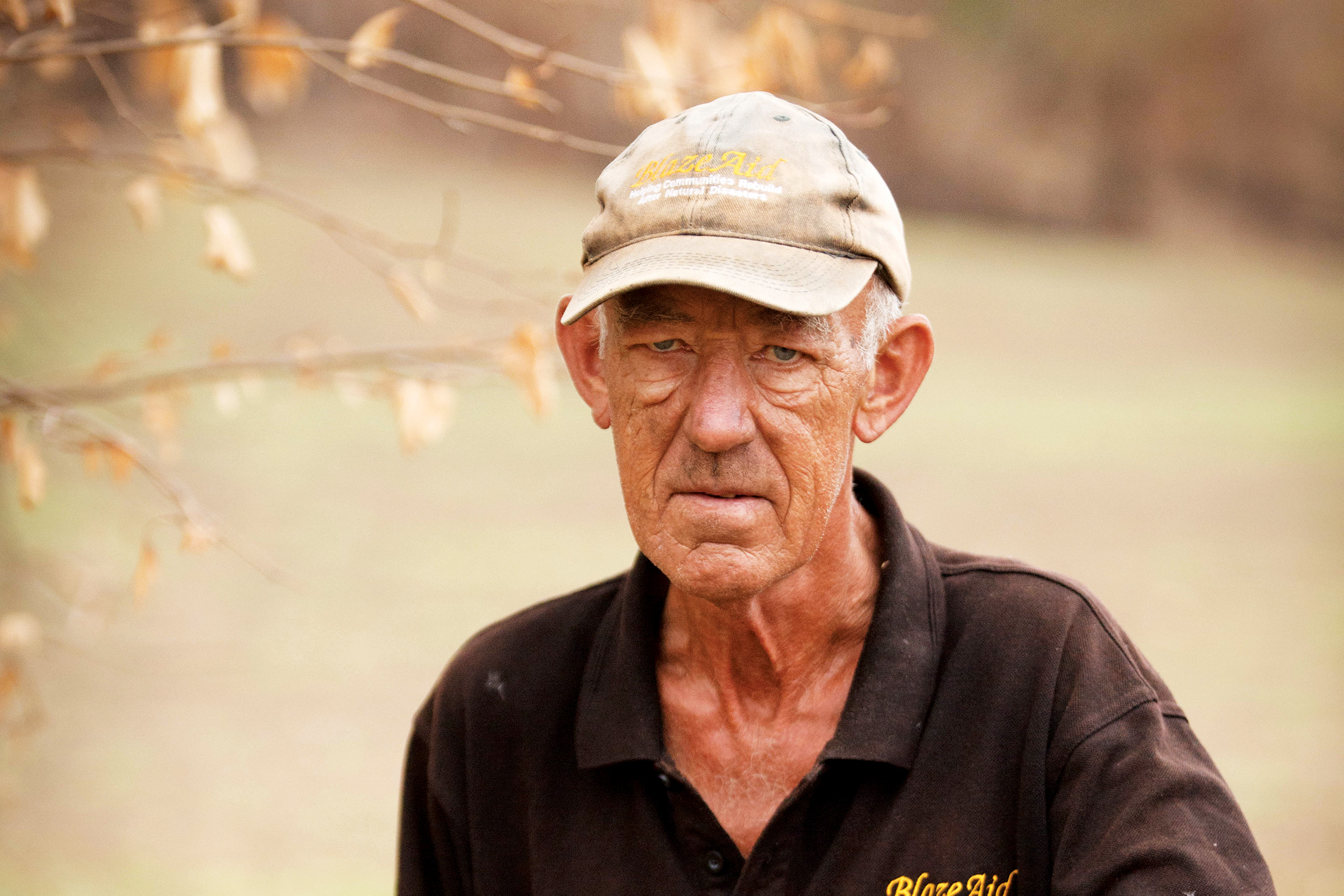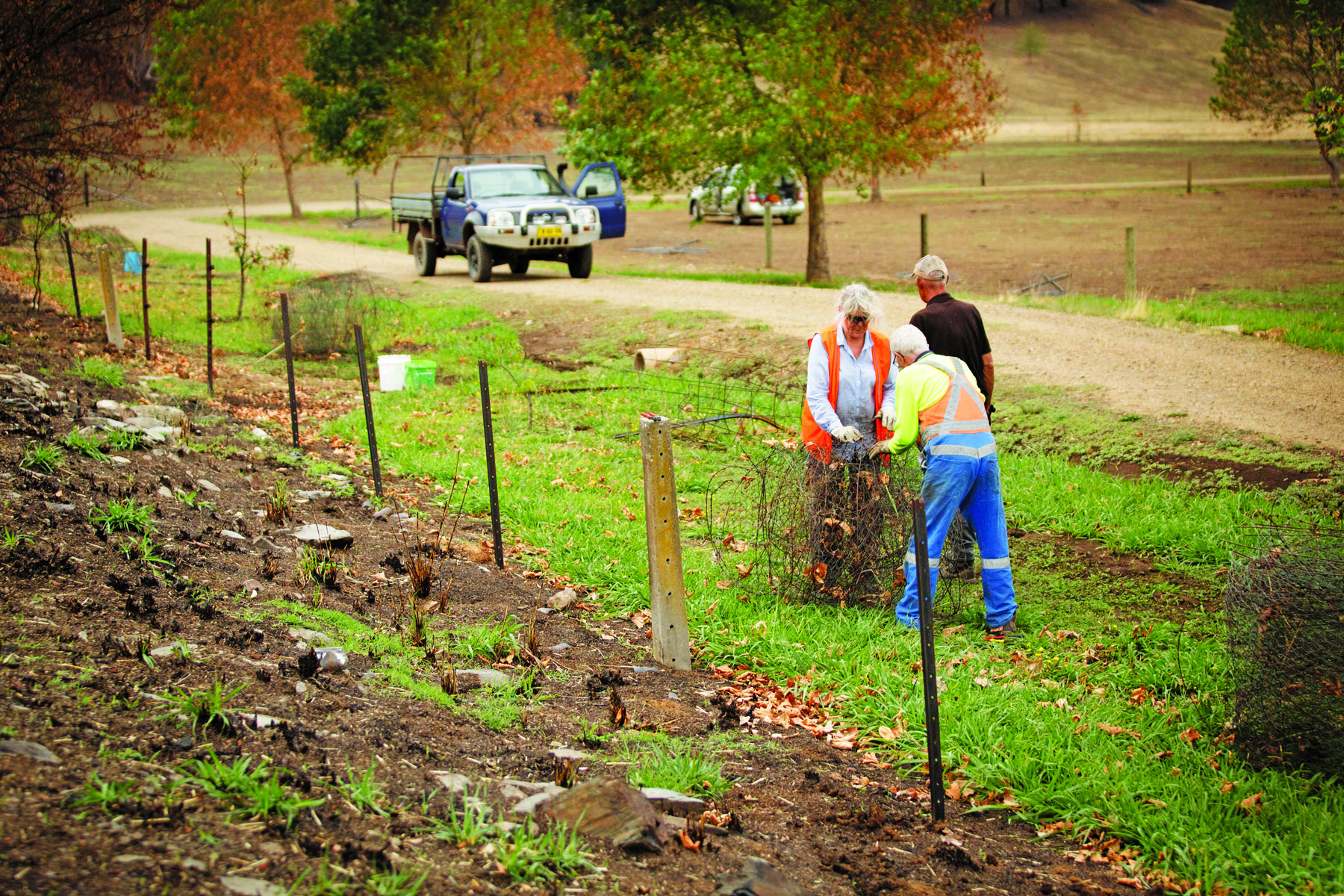The rains have come, and the fires have been subdued. I doubt rain has ever been more welcome, even if it’s only been patchy and has not officially broken the drought. However, even as our attention is diverted by parliamentary scandals over pork barrelling and global pandemics, the work to return life to the landscape, large towns and small villages, and to get those who live in these regions back on their feet, has only just begun. Now, however, for all the good and heroic work of the firies, is when the real effort begins.
First a few figures. Up to 15 February a total of 18.6 million hectares (46 million acres) or 350,000 square kilometres had been burnt in fires dating back to June 2019. This includes 80 per cent of the World Heritage Blue Mountains National Park in New South Wales and 57 per cent of the Gondwana World Heritage Rainforests of Queensland.
It’s no easy feat getting rainforest to burn. Many Australian rainforests don’t necessarily have excessively high rainfall, but they retain what does fall through ‘shadow’ effects of steep gullies and mountains. They have remained this way for millions of years, and now they’ve burnt. Can they return when the forest canopy is gone, leaving the topsoil open to the sun?






Thirty-six people died in the fires, nearly 3,000 homes and many thousands of other buildings were destroyed, and the value of insurance claims is close to $3 billion. On Kangaroo Island alone, over 100,000 sheep and 25,000 livestock were killed. The cost to the economy is estimated at $3.5 billion and AMP Capital estimate it could cost Australia one percent of its GDP, which equates to $20 billion, on top of a further $20 billion in losses of “agriculture, property, livestock, factories, plantations, cars, all those sorts of things.”
Over a billion animals died in the fires, not including invertebrates, bats, flying foxes and amphibians, and some experts are recommending that the koala, for one, be placed on the endangered list. There have been some serious fish kills from ash and sludge being washed into waterways, and the cost of the loss of pollinators such as bees and other insects can only be guessed.
In other words, this was truly catastrophic. We’ve had a number of Ash Wednesdays, Black Saturdays and Black Sundays — these have been called the Black Year fires.
But there are other costs that are not reflected in figures such as those above. These are the costs to individuals, the farmers, the ones who produce our food and wool and other basic needs and are the heart and soul of our regions. While the rest of the nation starts to move on from the daily inundation of news of fresh outbreaks, seemingly unstoppable fires and life lived with thick clouds of ash and smoke, these are the people who rise from their beds each morning to a mountain of necessary work to simply put their lives back on a footing that will enable them to move forward.
We’re talking about fences and gates, outbuildings to store and protect feed and farm equipment, poles to carry service lines and power, and pumps and windmills to water livestock.
One organisation working to do this is BlazeAid. This body was formed after the 2009 Black Saturday fires by Victorian farmers Kevin and Rhonda Butler, who lost all the fences on their property at Kilmore East. To secure their 1,500 sheep they needed the fences replaced but doing so on their own would have taken months. By recruiting assistance from friends, relatives and neighbours, the job was done within a week. It then struck the Butlers that with similar assistance other farmers could achieve the same, so they began organising teams to assist others, and over the next few months they helped replace over 400km of fencing, as well as assisting in removing fallen trees from other fencing and helping rebuild other structures.
BlazeAid went on to become a major source of support in replacing fences in the 2011 floods in NSW and Queensland, the 2013 floods and bushfires in Tasmania, Victoria and NSW, and the 2014 fires in Victoria and South Australia. In the recent fires of 2019–20 the body has been at full stretch across Queensland, NSW, Victoria and SA.
BlazeAid treasurer Dennis Livingstone told me the organisation is dealing with up to four times the number of requests for assistance that they would normally see in a whole year.
“It is putting a great deal of strain on BlazeAid, especially in terms of being able to supply the camp leaders, and more requests continue to come in,” he said. “Some of our base camps may be through their workload in the next few months but we expect some will still be going until at least November, after the start of the next fire season.”
There are 21 base camps in NSW where work is underway right now, three camps in SA, eight in Victoria and one in WA. If you want to help, simply choose a base camp that looks suitable, contact the Administrator or Camp Coordinator a few days before heading out to advise them of your attendance, and you’re in. BlazeAid provides all meals, safety gear, toilets and hot showers and volunteer insurance (for 12 to 85-year-olds). Make sure you have ambulance cover otherwise any injury involving the need for an ambulance could result in hefty costs to you.
Work commences with a camp muster at 7.30am where your tasks for the day will be allotted. All this and much more information is available on the BlazeAid website which can be found at blazeaid.com.au.
One of the great advantages that those in the camper trailer community bring to such a task is that we come pre-packaged with our own accommodation, water, gas and electricity. The work involved is basic labouring, erecting fences from supplied materials, clearing felled trees and burnt matter and, for those of limited or reduced physical capacities, there’s always a need for logistical work such as distributing food and drinks and sustaining the labourers in their work.
If you feel the need for a few weeks away from the grind of your daily life give some thought to volunteering a little of your time for BlazeAid. You’ll get some good exercise, return a sense of hope and a future to a family or small town, help ensure that people who have always lived on the land remain there, and live a little of your life helping some true Aussies.




